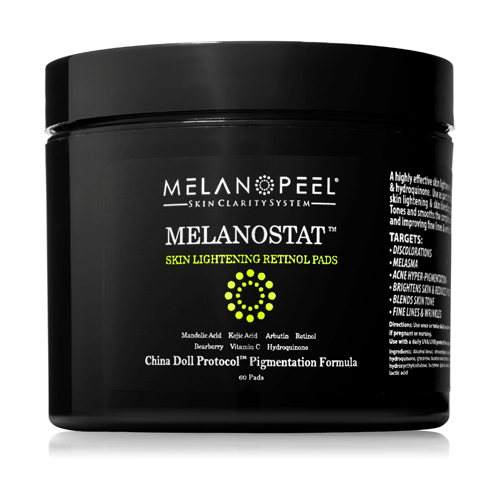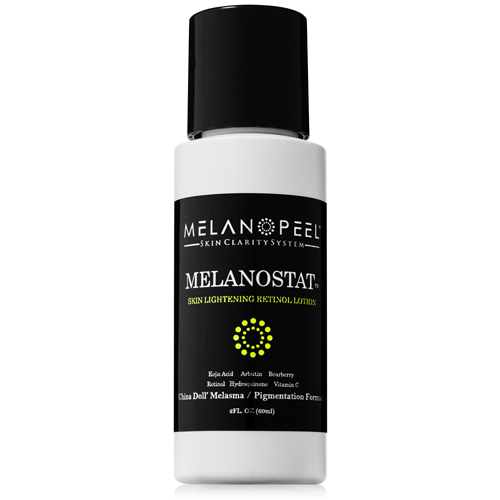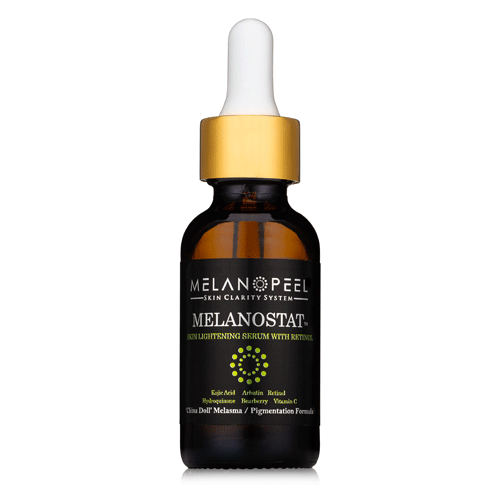Melasma is one of the toughest skin conditions to get under control. The areas of skin with melasma have some of the most stubborn melanin-producing cells in the body.
Melasma has both a superficial and a deep skin component.
It is those deeply residing pigment cells that make melasma such a difficult condition to treat.
Normally, the melanin cells reside in the more superficial basal layer of the skin (within the epidermis layer).
Types of melasma:
Superficial melasma has pigmentation mainly in the upper superficial layers of the skin (epidermis), while deeper melasma has pigmentation in the deeper layers of the skin (the dermis).
The 5 main causes of melasma are hormones, energy sources (ultraviolet light, heat and visible light), external inflammation (like skin irritants), internal inflammation and genetics.
Although we are well aware of the causes and triggers of melasma, the million dollar question is how we treat it and make it go away?
Why melasma is hard to treat:

There is much that is not known to solve the mystery of the refractory nature of melasma and the reason why it tends to keep coming back. Histological (microscopic slides of the skin) suggest that the melanocyte cells (pigment secreting skin cells) have long tentacles that go deep into the deeper dermal layer skin, instead of remaining within the superficial layers.
This deep element of melasma is a problem, since most skin care products can only penetrate to the superficial layers of the skin. Superficial melasma clears nicely with topical medications. However, the deeper component of the pigmentation tends to linger around.
Lasers have been proposed as a solution for getting to the deep pigmentation, but clinical results have been disappointing. Lasers are a source of external energy (heat & light), and many cases of melasma have worsened with laser treatment.
The aim of melasma treatment should be improvement, as no cure currently exists.
Although it appears that melasma is a tough and mysterious skin condition to treat, the key to controlling melasma is having a clear understanding that it will always be there with you on some level. The aim of melasma treatment should be improvement, as no cure currently exists.
OK! Enough of the doom & gloom – we get excellent results with melasma control. How?
With our long-established and effective anti-melasma protocols including mandelic acid, hydroquinone, retinols, tranexamic acid, azelaic acid, strict sun protection, antioxidant & barrier membrane protection.
Long-term melasma control is certainly possible,

Long-term melasma control is certainly possible, however, it requires excellent patient commitment and a trained physician with the understanding of the Melanopeel® Skin Clarity System.
Top 4 Melanopeel Melasma Products:
Our Top 4 melasma treatments (and these are by no means your only options! There are even more. Visit your Melanopeel® clinic):
Mandelic Retinol Lightening Pads Skin Lightening Retinol Lotion Melanostat Skin Lightening Serum Mandelic Night Serum Rx










